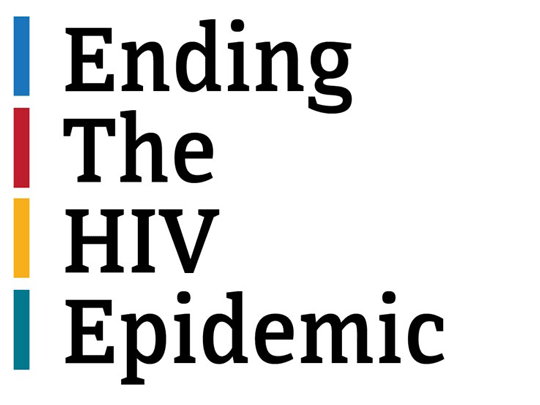Are Young People At Risk Of HIV?
The US healthcare system is currently grappling with an ongoing human immunodeficiency virus (HIV) epidemic, especially among teens and young adults. States like Texas face over 3,500 new infections yearly. Teenagers today are becoming sexually active at earlier ages without considering HIV. Similarly, young adults have more sexual partners than before. Because of these behaviors, the yearly infection rates have remained steady. Is HIV more common among sexually active teens than adults?
HIV prevalence among teens
In 2019, 38% of surveyed high school students admitted having had sexual intercourse, and 9% already had 4 or more sexual partners. Almost half of those teens who had sex in the last 3 months did not use protection. These behaviors put young people at risk of getting infected with HIV and other sexually transmitted infections (STIs), such as gonorrhea and chlamydia. Half of new HIV infections each year occur among 15 to 24-year-olds. For HIV, in particular, almost 21% of new diagnoses are among people aged 13-24. This means that the number of teens and young adults contracting HIV is growing.
Young people are getting infected
Many young Americans do not understand the disease deeply. Despite the wealth of information available in schools, programs, and online, there remains limited education on the topic. To date, many still believe HIV infection is unlikely through sexual contact. As a result, teens engage in risky sexual behavior without even considering protection. Additionally, many teens assume that young age means a higher resistance to the virus. While viral loads are harder to detect in younger people, the infection rate does not change. In other words, some teens can have HIV without knowing. The truth is that anyone can get infected with HIV regardless of age or sexual orientation.
HIV among adults
While the percentage of new HIV infections is already high for teens, the numbers are much higher among those aged 25-44. This age group accounts for over 40% of new HIV infections, on average. The reason may be sheer numbers, as there are many more adults than teens. Adults also have more sexual partners over time, increasing the risk for HIV.
A delayed diagnosis
A lack of knowledge about HIV is one of the leading causes of the spread of the disease among adults. People often misinterpret the symptoms of the disease and put off going to the doctor as a result. This prevents early detection and taking necessary steps to prevent further transmission. Another factor that contributes to the spread of HIV is unprotected sex. This is especially true among men who have sex with men (MSM) and adults who have multiple partners.
Who is more at risk?
Based on the latest statistics, HIV is more common among adults aged 25-34 than teens. However, the risk among teens is much more concerning due to a lack of education, advocacy, and family support. Despite encouraging the public to be tested, many are HIV+ and unaware. This is a significant reason why rates of HIV infection continue to rise among adults and teens. For this reason, continued awareness and testing resources are needed to help stem the tide.

Have You Seen Our Outreach Efforts?
You may have seen our table ads in the community. You can download them here:





